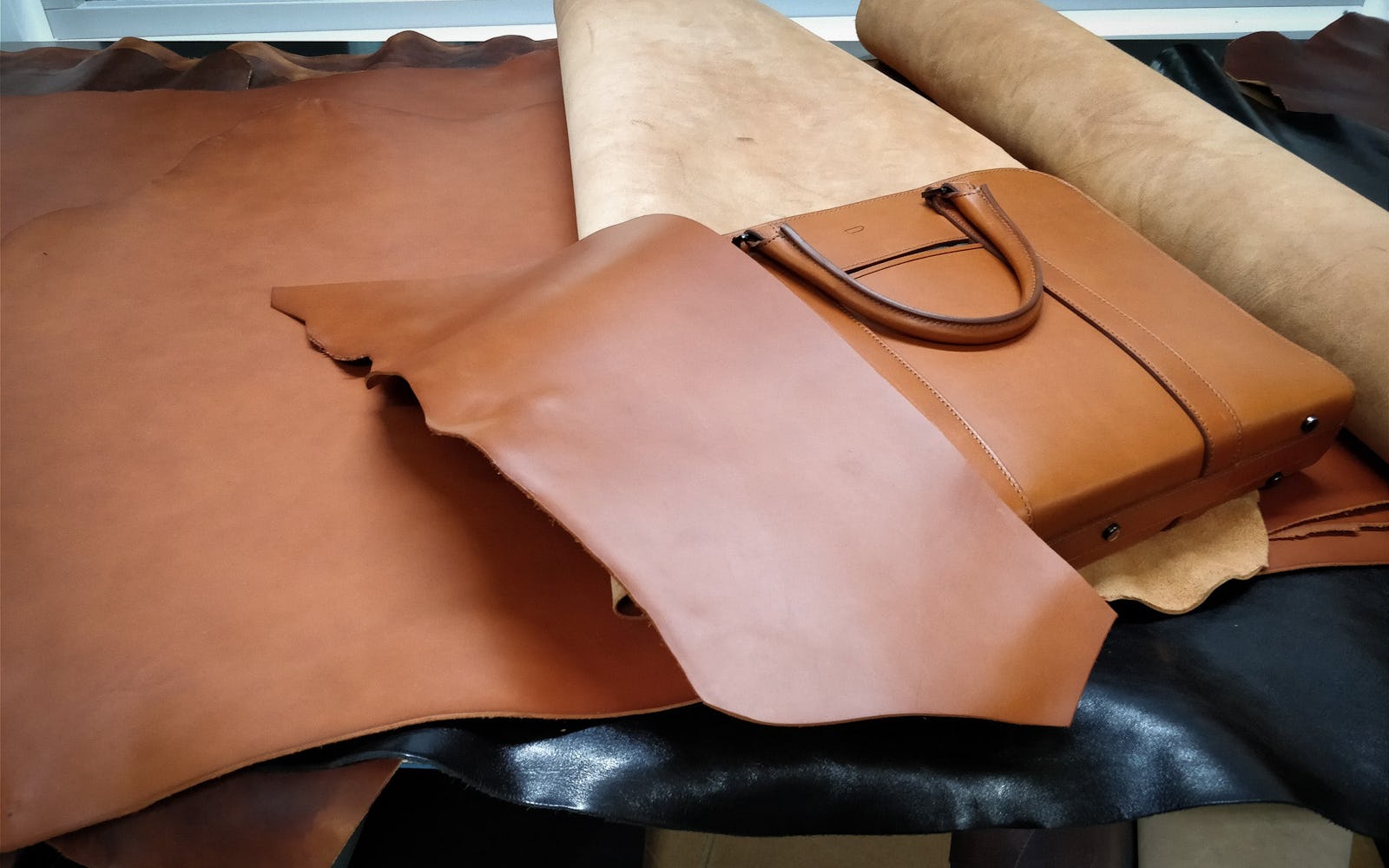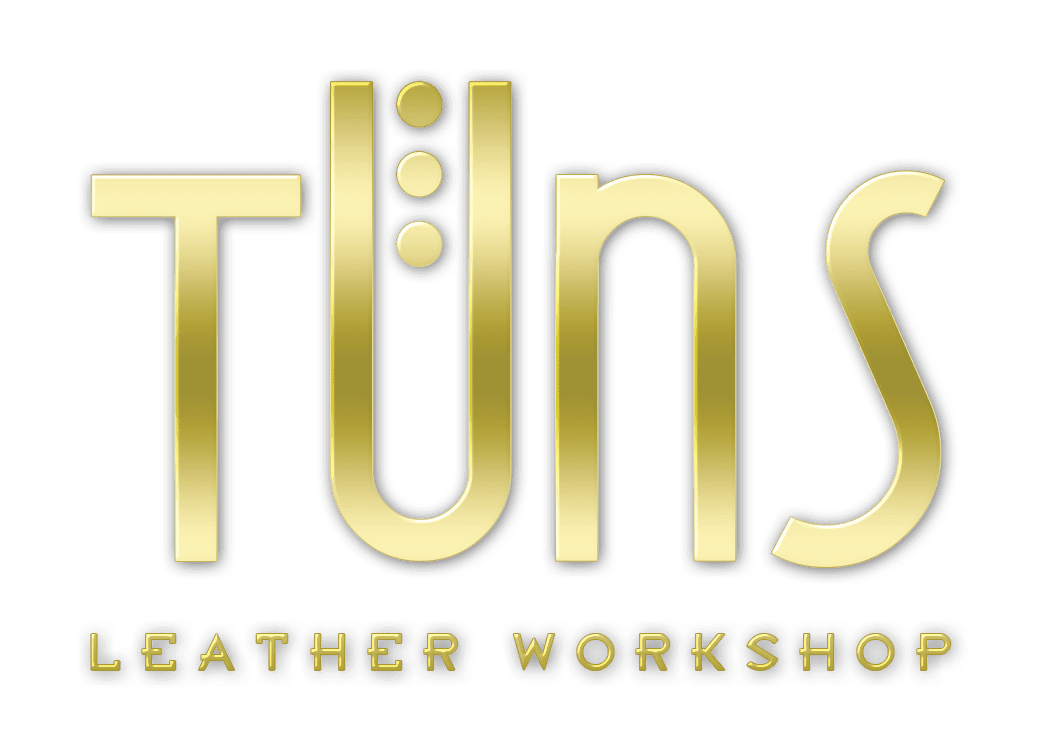No products in the cart.
Uncategorized
Vegetable tanning: From hide to leather
Vegetable tanning: From hide to leather

Just like you, dear friend and confidante, we love leather. The utility, texture, aesthetic, and scent are such alluring qualities in the material that we can’t get enough of it. But how do you make leather? Or better yet, how do you make leather of the highest quality? It’s an excellent question and one we’re asked every day, so we decided it was high time to shed a little light on the subject. Let’s get into it.
Hides for tanning
Converting animal hides into leather is achieved by a process called tanning. It’s by no means a new practice; tanning has been around since 2500 BC. As you’d imagine, it’s been somewhat refined since then and is now considered a rather technical process only carried out by highly skilled leather-wizards in establishments known as tanneries.

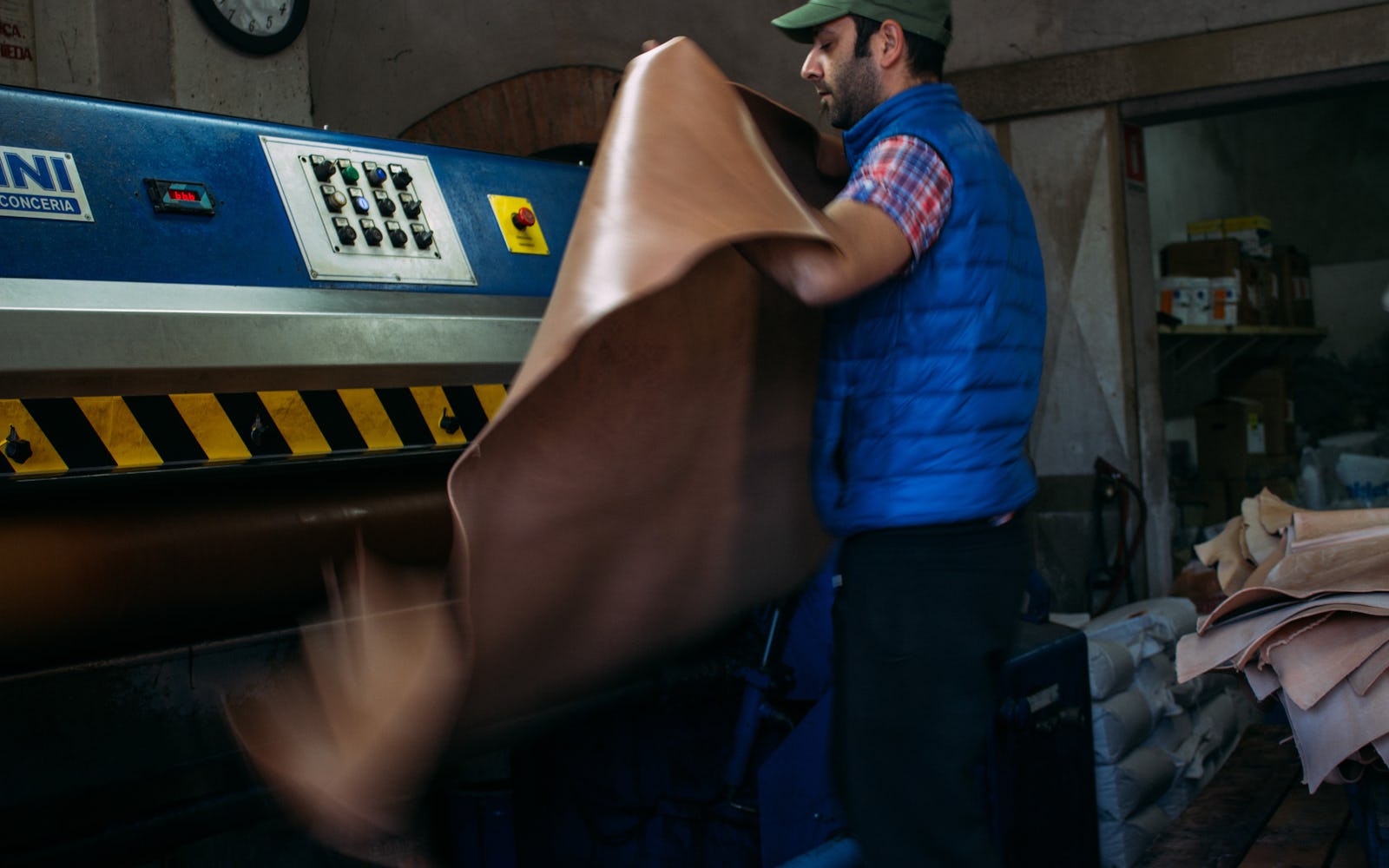
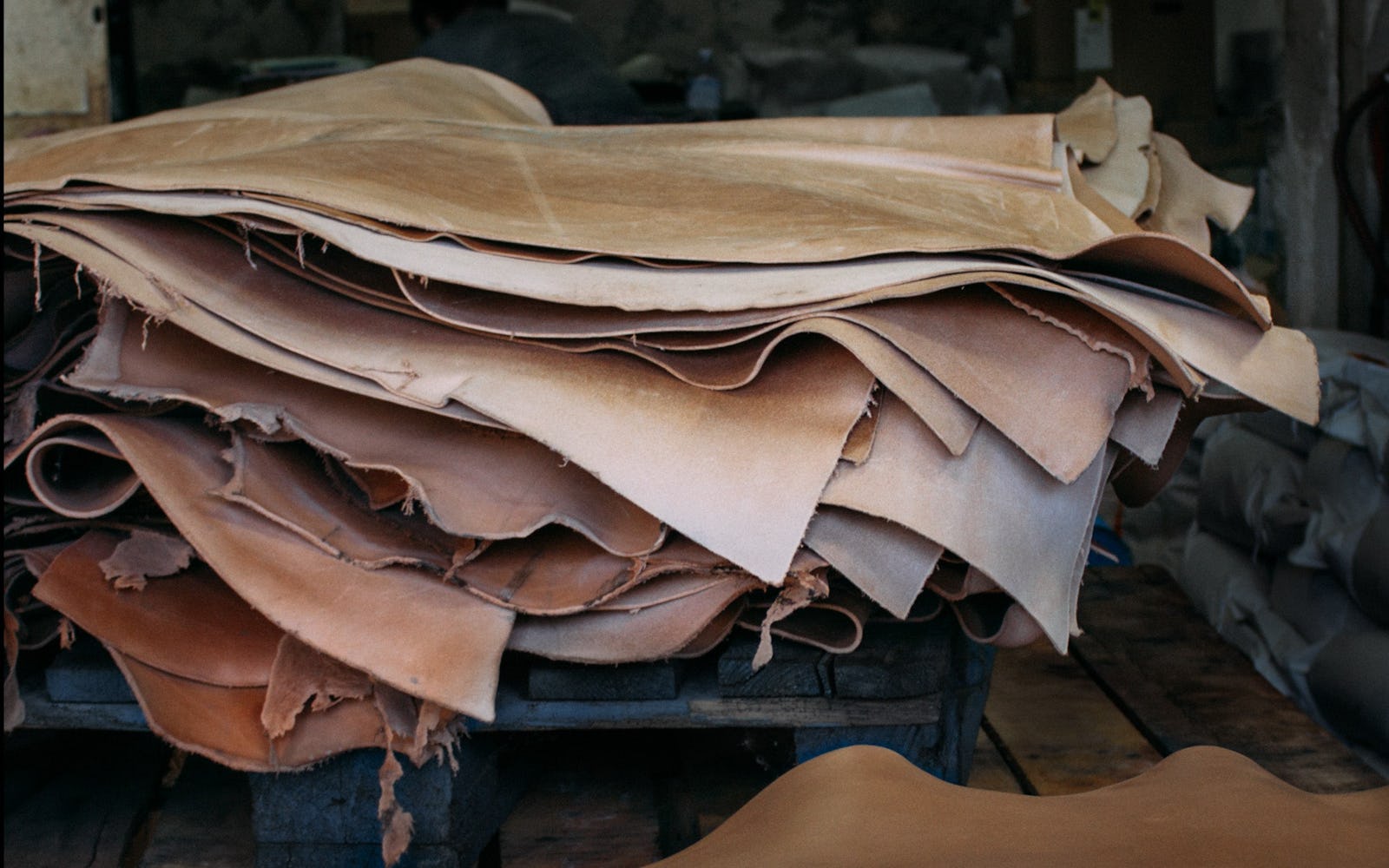
To turn cowhides into leather, you obviously need hides. We work in partnership with two tanneries based in Italy and Belgium, Artigiano del Cuoio and Masure, which both source their hides from Northern European farms.
Basically, the colder the climate and more ethically treated the cattle, the better the leather. Always a by-product of the meat production industry, free-roaming cattle in cooler temperatures develop thicker hides which makes them an ideal choice for premium leather.
Getting started
Tanning begins by curing the hides with salt to reduce the possibility of any bacterial growth, before being soaked to introduce moisture that makes them ripe for treatment. A range of natural chemicals including milk of lime are then used to remove wool, hair, and other materials by soaking the hides in large, rotating drums for two days.

The chemicals are then removed through a technique called ‘de-liming’ that reduces the pH level making the hides ready for bating. Being thorough throughout the early stages of tanning ensures longevity in the leather.
Vegetable tanning vs. chrome tanning
A largely debated topic at the moment is the question of vegetable or chrome tanning.
Essentially, vegetable tanning uses natural tannins, is done by hand, and can take up to 60 days. ‘Tannins’ refer to the ingredients which alter the protein structure of the hides to become leather. Chrome tanning on the other hand uses synthetic chemicals, is largely automated, and usually takes just one day.
The results vary hugely. At Carl Friedrik we solely use the vegetable tanning method and believe the craftsmanship and quality of the leather speak for itself. That’s not to say chrome tanning doesn’t have its benefits though, as it results in more flexible and multi-purpose leather. For instance, your leather jacket would only ever be chrome-tanned otherwise you’d be wearing a horse saddle. Ultimately, it’s about the process being fit for purpose and we’ll delve a little deeper in our next post.
Producing the leather
After liming and tanning, the hides need to be oiled, to replace their natural fat. It provides the leather with lubrication which means the leather can flex without cracking and provides it with an element of water resistance.
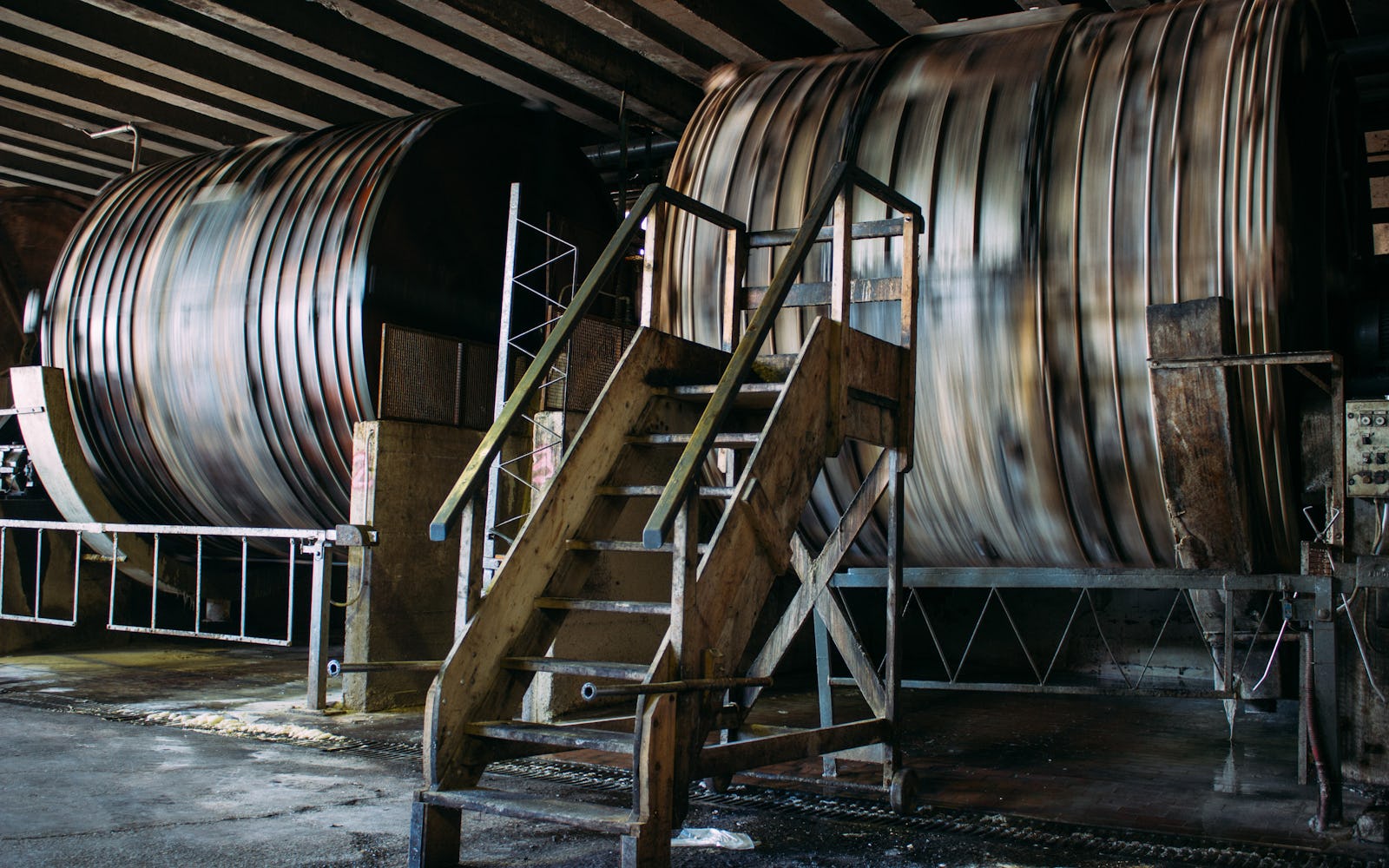
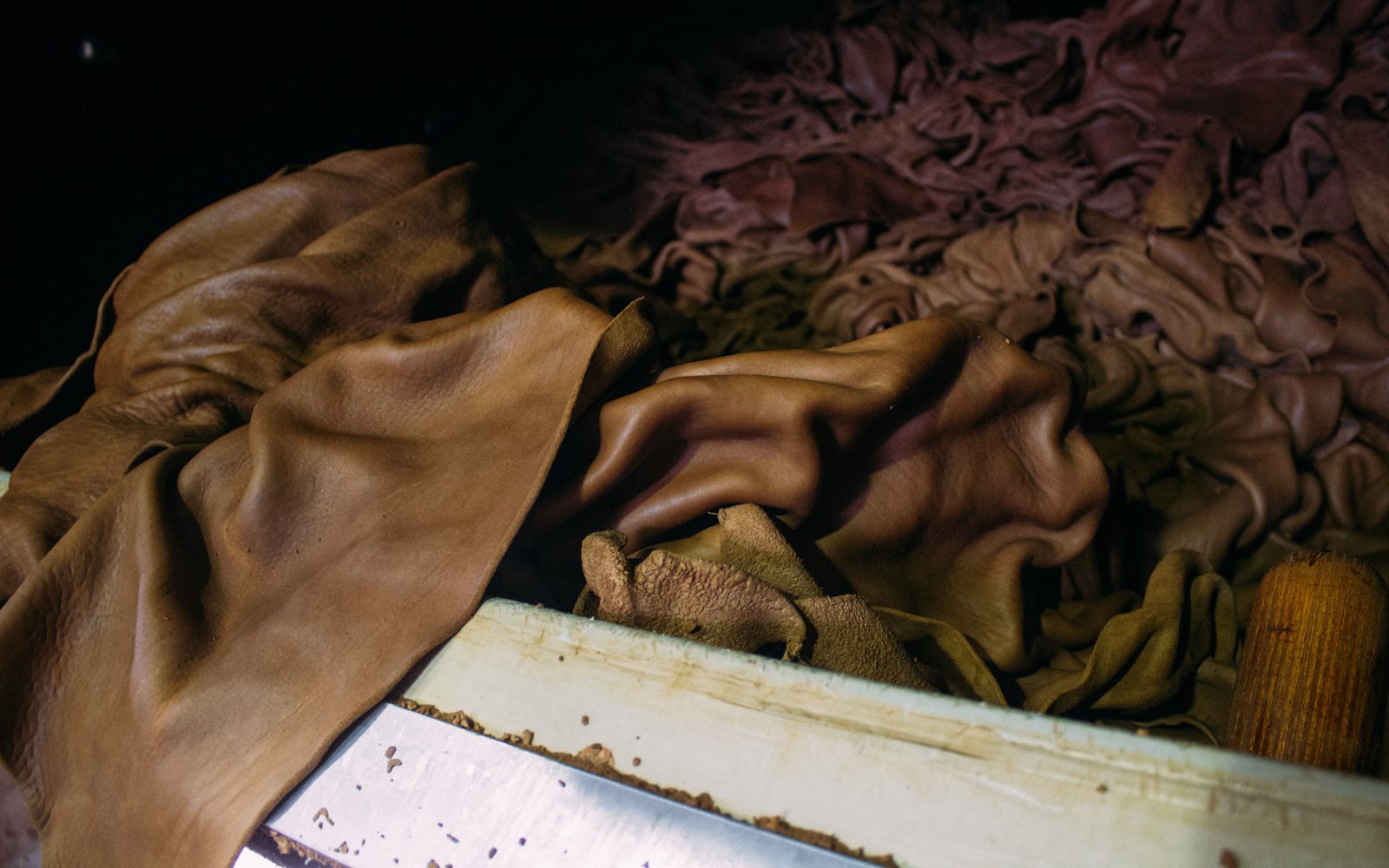
One of the most defining characteristics of Italian vegetable tanned leather is its high oil content, which not only makes it dense and supple but also allows for you to rub away light scratches; the leather responds to pressure and friction from the thumb/finger and the oil in the leather heats up to smooth out any scratches. Once oiled, the leather is dried, sorted, trimmed, and measured. From there it can have a number of different treatments that impact how the leather looks.

We use Vachetta leather for the majority of our products, from the wallets, and bags in the Core collection, Vachetta is a type of leather which has minimal treatment applied to its surface and is dyed throughout. The combination of high oil content and limited processing results in supple, smooth leather with a natural aesthetic that ages beautifully.
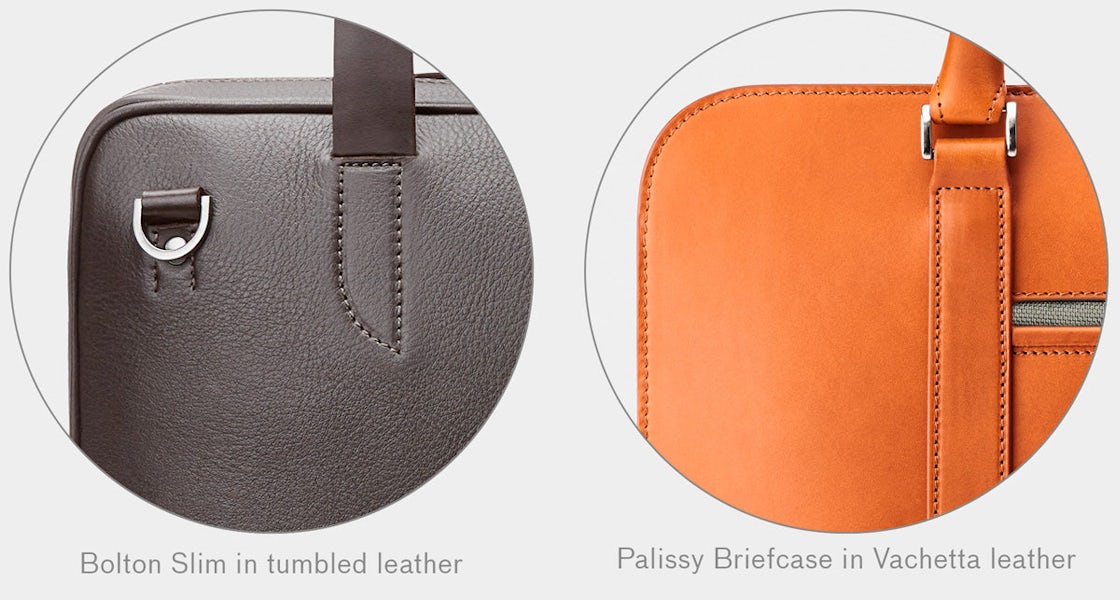
Patterned leather is made by machine-embossing shapes into it, tumbled leather is literally tumble-dried to give it a unique texture. The leather used for our Surfaces collection uses a combination of embossing and tumbling, to achieve both a beautiful grain while maintaining a natural, unique structure to every bag.
The finished product

High quality leather is distinct as a result of the arduous tanning process it goes through. It often feels very stiff and can sometimes be sensitive to scratches and water however, this is not an indication of quality. The leathers we use will wear with the user and develop its own ‘patina’ unique to the owner. Two hides might also go through exactly the same tanning process and yet they’ll never look identical, making an individual piece of leather that much more unique.
